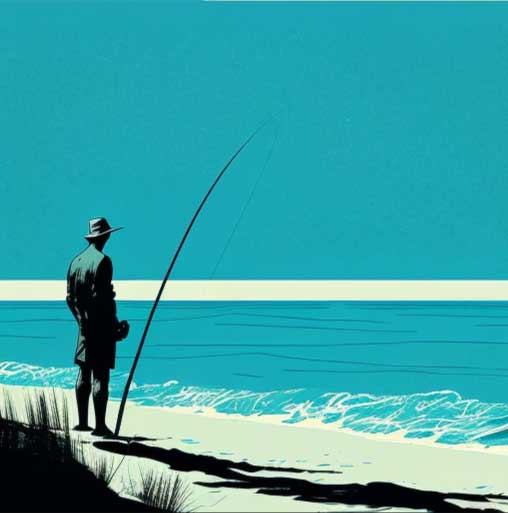
Winter Whiting Fishing Guide – Catch Big Blue-Nose Whiting with Squirt Worms
Most anglers pack away their rods when winter bites. But those who know where to look — and what bait to use — can hook some of the best fish of the year. Whiting, in particular, remain highly active in the cooler months if you adjust your approach.
This guide walks through proven winter whiting tactics, including bait gathering, rigging tips, and strategic location changes, so you can keep catching while others are stuck at home.
Why Winter Fishing Is Worth It
While the water temperature drops, the action doesn’t stop — it just shifts. Whiting often move to deeper and more sheltered areas during the colder months making location choice critical.
The key advantages of winter whiting fishing:
-
Less angling pressure — more fish for you
-
Bigger average size — large “blue-nose” whiting are more common
-
Calmer, more scenic sessions — still days and glassy water
The Secret Weapon: Squirt Worms
Ask any seasoned estuary angler — squirt worms (also called case worms) are prime whiting bait. These delicate wriggling baits occur naturally in many lakes and rivers along the NSW coast.
Where to Find Them
-
Sandy flats exposed at low tide
-
Look for small holes or disturbed sand patches
-
Common in estuaries and tidal zones
How to Collect Them
-
Use a bait pump
-
Work methodically — worms are delicate, so avoid tearing them
-
Pieces are just as effective as whole worms for whiting
Rigging Squirt Worms for Whiting
Because squirt worms are soft they need careful handling when rigging.
-
Use a light “worm hook” — thin gauge with bait keeper barbs
-
Thread the hook through the worm’s head and along its body
-
Cover the hook shank with bait — broken pieces work fine
-
Cast gently to avoid losing the bait mid-air
Two-Rod Strategy for Winter Success
One of the most effective winter approaches is fishing two methods at once:
-
Bait rod – Squirt worm on a rod holder targeting whiting and bream
-
Lure rod – Flicking small stickbaits or soft plastics for flathead, bream, and the occasional whiting
This doubles your chances and covers multiple species at the same time.
Finding the Fish: Location & Movement
Winter is not the time to sit in one spot all day. The best results come from:
-
Sheltered shorelines – areas out of the wind
-
Sandy points and drop-offs – natural feeding zones
-
Moving between locations – testing different depths quickly
If a spot doesn’t produce in 10–15 minutes, move to a new area until you find active fish.
Standout Catches
During winter sessions you. might be surprised at some of the catches you make:
-
Squirt worms – can produce massive blue-nose whiting up to 45 cm and thick as through the shoulders
-
Beachworms – potentially solid keeper whiting in the mid-30 cm range
-
Hardbody lure – smaller soft plastics and hardbody lures can fished slow can bring in keeper whiting around 30 cm
These results prove that whiting can be taken on a variety of methods if you’re in the right location using the right tactics.
Light Tackle for Maximum Fun
For winter whiting fishing, lighter gear is best:
-
Rod: 7’6” light spin (2–3 kg rating) BREAM REAPER TRAVEL ROD
-
Reel: 2500 size spin reel
-
Main line: 10 lb braid
-
Leader: 6 lb fluorocarbon to the hook
-
Sinker: Small ball sinker for gentle presentation
Pro Tips for Winter Whiting
-
Keep your casts gentle when using delicate baits
-
Re-bait frequently — small fish and pickers can strip worms fast
-
Fish deeper water in winter as whiting often move off the shallows
-
Use the wind to your advantage for longer casts
Winter Can Produce Nice Fish
Winter doesn’t have to be a fishing drought. With the right bait — particularly squirt worms — and a willingness to adapt your locations, you can enjoy some of the best whiting fishing of the year. Dress warm, keep moving, and don’t underestimate the rewards of a crisp day on the water.

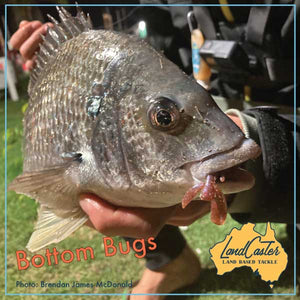
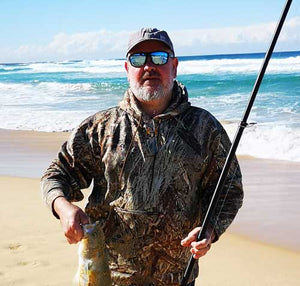
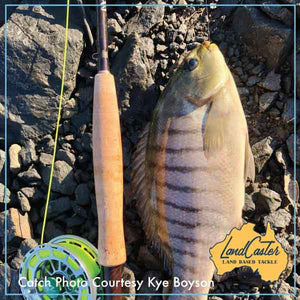
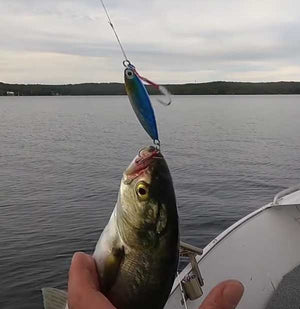

Leave a comment